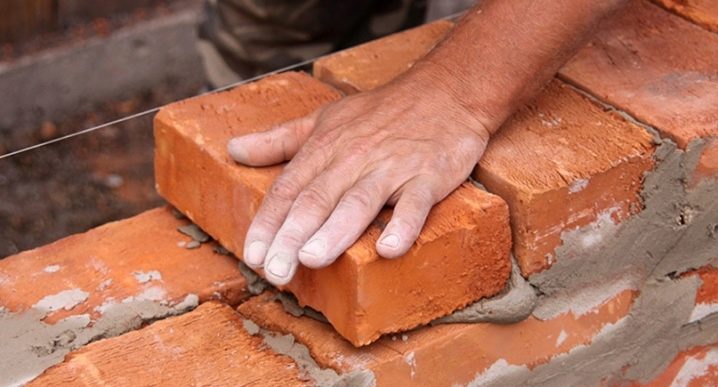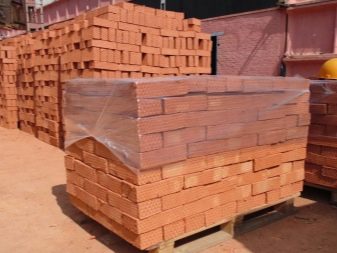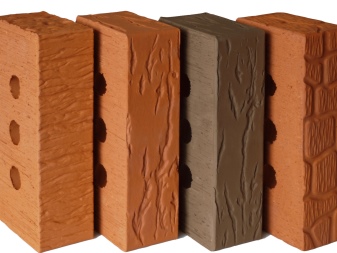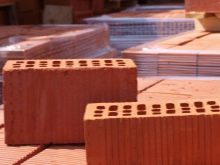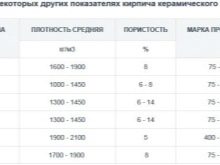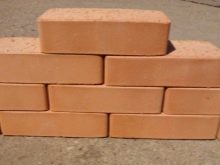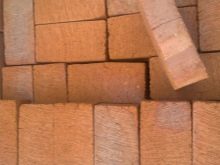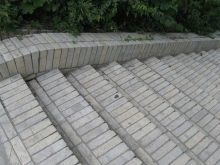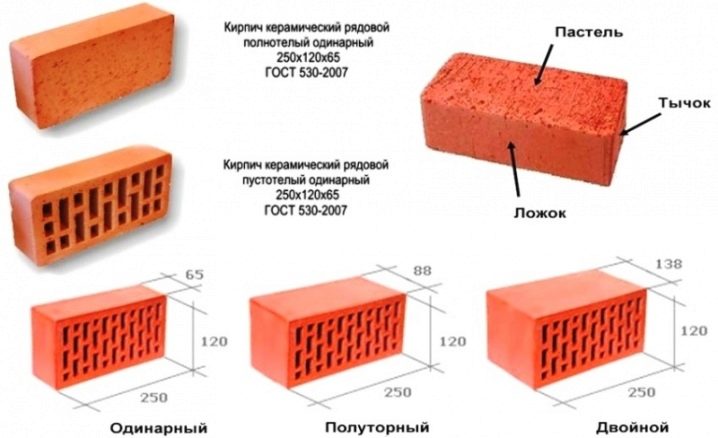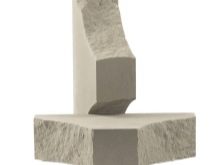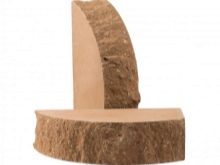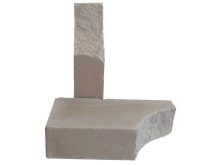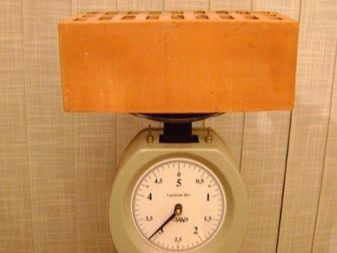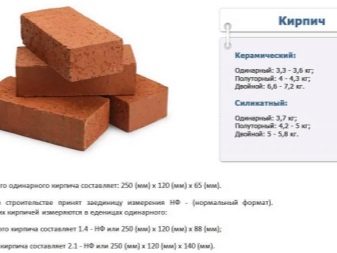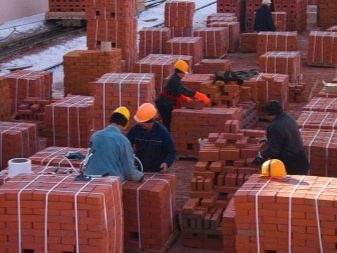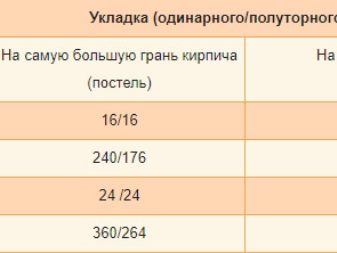The weight of the brick and how to measure it
Brick - the most common building material in the world. Without it, it is difficult to imagine residential buildings, industrial buildings and various facilities. The considered building material has different sizes, is made of materials with different density and according to different technologies, respectively, has differences in weight. The weight parameters are important, since the calculated values of the foundation on which the entire load of the building or structure, the strength of the structure rests, depend on them.
Brick varieties and marks
There is a huge variety of bricks and, in accordance with domestic state standards, products are divided into different groups depending on the scope of their application and technical characteristics.
To destination there are the following types.
- Constructional - designed to perform walls for various purposes (bearing, interior), both inside and outside the room. The socle brick, ordinary also concerns to them.
- Facial - required for the final finish. Blocks can be made of natural or artificial materials, there is a huge variety of colors, various sizes. Face brick can be used as a constructive material.
According to the structure can be identified:
- hollow, in the production of which forms are used, in which there are holes in the blocks to ensure low thermal conductivity, respectively, this type of brick is more energy-saving;
- full-bodied, i.e., there are no voids inside the brick, it can be a standard furnace block;
- by strength, several grades are distinguished - from the least dense M-75, M-100 and M-150 to the most dense M300;
- on frost resistance there are markings from F15 to F50.
One type is fireclay bricks, which are made from special durable clay with additives of certain impurities, including sand.It is possible to obtain blocks by treating refractory dust and special powder under high temperature (firing). There is a chamotte brick of general purpose (ShA, ShA-5, ShB-5, ShB8), cupola cupola, facing double-sided and many others intended for specialized construction.
Also there are other types of this facing material - acidproof, zabutovochny, silicate and ceramic blocks.
It should be noted that the brand-manufacturer of zabutovochnogo bricks is of great importance. The higher it is, the stronger the construction can be created.
Sizes of products
Many manufacturers offer a fairly wide variety of bricks in size. On this basis, standard products can be:
- single versions of 250x120x65 mm;
- one-and-a-half with sizes 250 to 120 by 88 mm;
- double with dimensions of 250 by 120 by 138 mm.
Facing bricks may be smaller than 120 mm in size, since its main purpose is the aesthetic perception of the finished building or structure. It may also be different and its mass. There are brick blocks that have other dimensions due to the fact that they have differences in shape, for example, there are variants of a triangular shape, with roundness, concave, convex, etc.As you can understand, there are various sizes of products to ensure diversity and exclusivity, which contributes to the imagination of the customer and the architect when working on the construction of the object.
Volumetric and specific gravity
From the above, we can conclude that, depending on the size of the material and the method of manufacturing, a brick has a different volume and specific gravity. Volumetric weight should be calculated using a special formula. The most lightweight is a brick for facing works from 1200 to 1500 kg per cubic meter. For blocks with voids, this parameter varies from 130 to 1650 kg / m3. The hardest - full-bodied options.
Volumetric weight is an important parameter that is necessary for calculating the load on the foundation of a structure and is determined by the weight of the brick per cubic capacity of the brickwork.
Specific gravity, in other words, is the density of the material from which the product is made. It depends on the raw material, its quality, mode of production, porosity. To calculate the value of the specific weight, it is necessary to establish a “clean” volume. The standard value of the specific weight for silicate brick is about 2000-2400 units. The clay product has a specific weight from 1700 to 1900 kg / m3, a fire-resistant brick is about two thousand units.The considered parameters are important both at the design stage and at the stage of actual production of works, due to the fact that the quality, durability of the structure, its thermal conductivity and energy efficiency depend on it.
Measurement Methods
In order to determine the number of brick blocks and their weight parameters, it is important to determine the methods of measurement, which can be volumetric, mass or mixed. As a rule, brick is released in pallets (special pallets), where from two hundred to three hundred and fifty bricks are placed. Dividing the weight of the pallet with a brick by the weight of 1 pc. (mass method), you can easily find their total number and vice versa. In this measurement, it is important to consider the weight of the pallets themselves, which range from 18 to 40 kg.
The volumetric method consists in the fact that, knowing the dimensions of one block and the dimensions of the entire pallet, the number of products is also easily calculated. Mixed method combines both previously discussed. Measurement of the quantity is important when paying for the purchase of building materials in the store, when paying for the installation worker, when checking the compliance of the work performed with the existing project.
In the article we reviewed only the main and most common types and types of brick products, their volume and specific gravity, and other parameters. It is important when choosing a product to have a project developed by an expert. Alone, without special knowledge, even the most ordinary brick blocks are best not to use.
You will learn more about building bricks from the following video.

